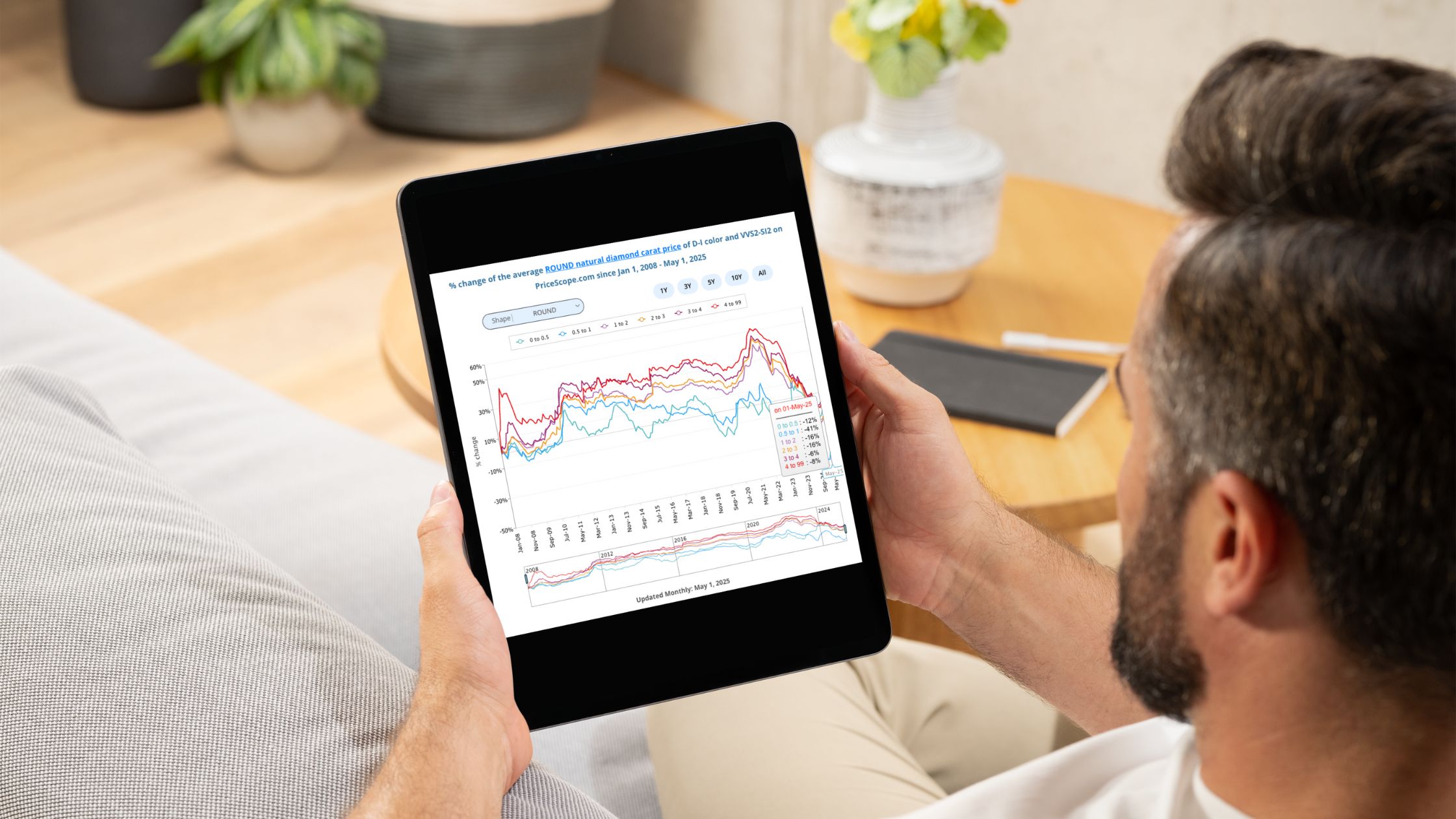Date: 2/25/2008 3:55:38 PM
Author: Michael_E
qtx2,
This is sort of an interesting way to approach this, but what the heck, I''m up for anything. There are several problems here which are apparent, not even to you, qtx2. The first of which is that I am not physically able to meet with you, due to a series of ongoing family problems. I am able to work via the internet only and generally avoid the phone since it keeps me from having a record of exactly what my clients want. (Anyone wanting further details on the problems which have caused this circumstance can certainly write me...please expect something akin to a bad novel in response).
The other problems with this deal involve getting the stone back to me. I obviously can''t do anything without the stone and I can''t have the stone in the setting, (and neither can whoever did the appraisal), since the prongs on that ring make it impossible to do an accurate Refractive Index test on the stone. How did your appraisers do that test anyway ? In any case, please do send the stone back to me,(if it''s in the setting that''s fine, but I''ll need to remove and replace it), and if the stone turns out to be a golden beryl, not a sapphire, then you have the 3 options which I mentioned in my e-mail to you.
If you''re concerned about me being able to cut a replacement stone to the exact dimensions of first one, (assuming that the stone is not a sapphire), please don''t worry about it. I''ve been at this for a long time and can cut to about 1/10mm and fit anything. I hope that this helps a bit qtx2, please let me know what you want to do.
Oh, a word of advice to others who are buyers of loose gems, please do get an appraisal on the stones that you buy before you set them and as soon after you buy them as possible. This makes it possible for an appraiser/gemologist to accurately test and inspect the stone, before you have it set. Getting this done shortly after your purchase also makes it much easier to send it back if it doesn''t suit you and avoids this problem of fitting a new stone to a custom setting.
Have a great day all !
Michael, I''m very sorry to hear about your family problems. I had no idea and I hope everything works out for you. About the RT test, the two appraisers put the ring/stone face down on the machine. If what you say it''s true (the prongs may contribute to an inaccurate RI reading), then perhaps it may had since putting the ring face down the prongs would''ve elevated the stone. My question is this, is there any way to accurately test the stone without disassembling the ring? We now know that an RI test is not sufficient enough (assuming that the stone is a sapphire), is there any other tests that could be done by a gemologist/independent appraiser to accurately examine/appraise the stone?






300x240.png)